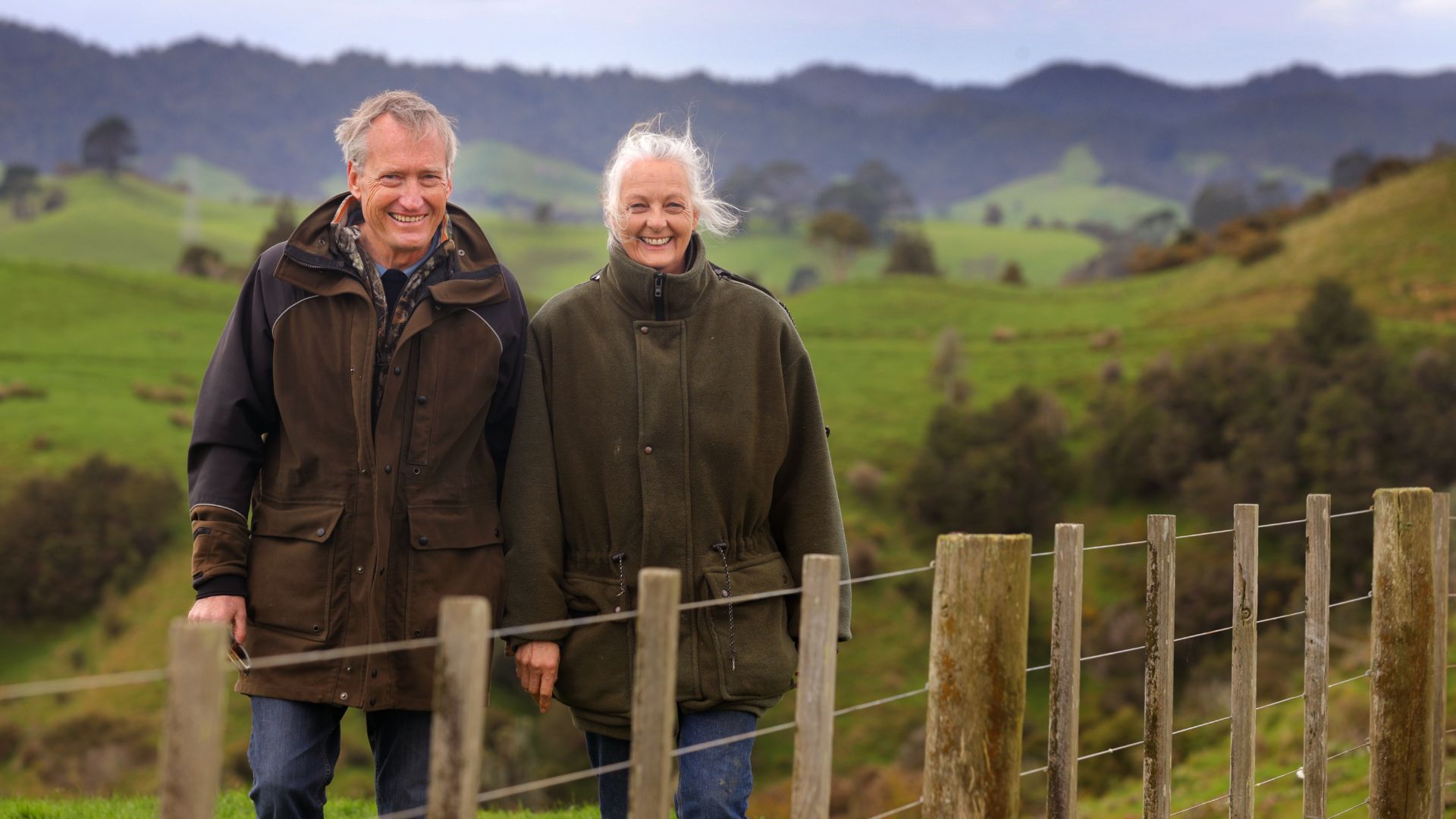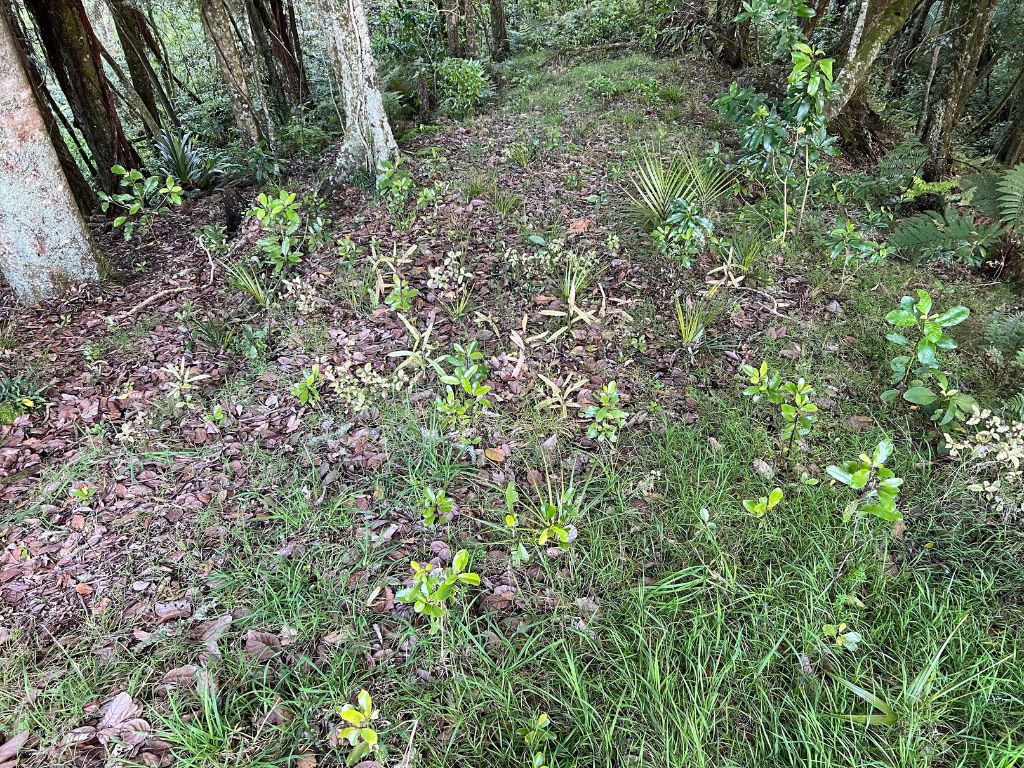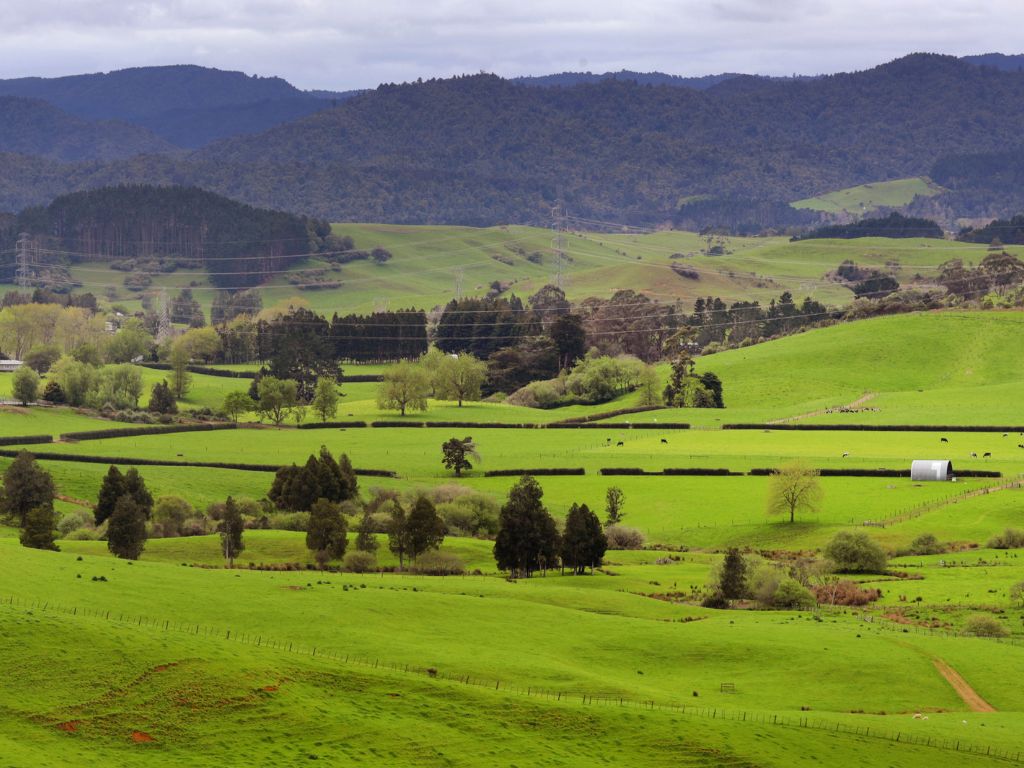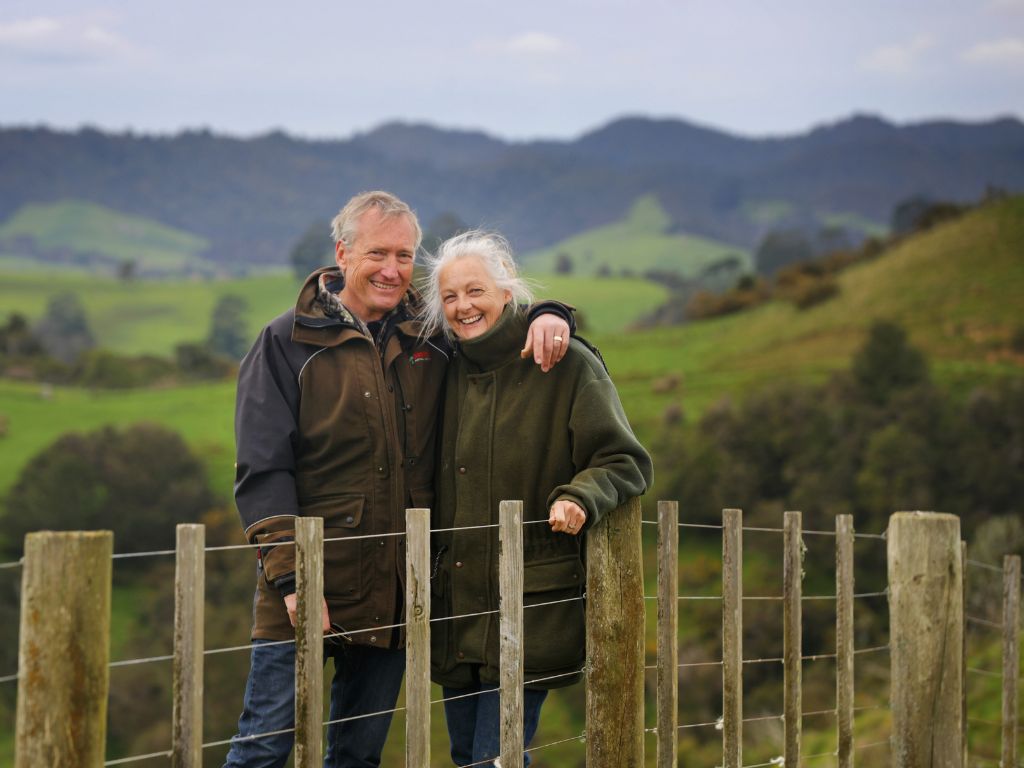Shirley-Ann and Rick Mannering run a productive sheep, beef and dairy operation just south of Auckland. But alongside that, they’re leading a quiet ecological revolution — with traps, tech, and a full-time farm ranger.

When the Mannerings first brought their Paparimu farm in 1991, one night’s shooting would turn up 120 possums, over just a few paddocks. Three decades later, they’re not just managing possums — they’re running a tech-savvy campaign to remove all introduced predators threatening their bush, wetlands and birdlife.
Waytemore Farms has won many awards, mostly for their environmental efforts, including a New Zealand Farm Environment Trust supreme award. But the real rewards are in the benefits to the farm itself.
“We’ve gradually progressed from shooting and poisoning on our own property to having a more formal eradication plan for pests on both properties that we now run,” says Rick, referring to their ‘home’ farm and a second nearby farm they inherited from Shirley-Ann’s father.
But they didn’t get there overnight.
The tipping point
Their ‘home’ farm backs onto the Hunua Ranges Regional Park, home to Auckland’s only kōkako population.
In 2018, a large-scale 1080 operation knocked back the Hunua possum population. Auckland Council then installed a network of Philproof bait stations through Shirley-Ann and Rick’s bush block.
“You’d go out and you might only find a dozen, half a dozen or so [possums], so that was a bit of a game changer for this farm,” Rick says.
Seeing the difference the Auckland Council made was a huge motivator for Shirley-Ann and Rick to intensify their efforts massively.

Scaling up

They now have a network of bait stations alongside automatic resetting and manual traps. They have also employed a ‘farm ranger’ to help with maintaining traps, weed control, and restoring their wetlands.
Years ago, the couple fenced off their native bush, but watched it continue to suffer despite the exclusion of cows and sheep.
With help from a QEII National Trust Auckland Council Fund grant, the Mannerings installed a suite of additional bait stations, DOC 200 and 250 traps, and 12 AT220 self-resetting traps.
The early results were promising: chew card monitoring showed the possum numbers had halved.
So, they applied for the grant again, this time for their other, larger farm. They followed a similar plan, but doubled the number of AT220s they bought.
At $565 a pop, the AT220s are much pricier upfront than manual traps. “But the beauty of them is they just keep working. It’s a graveyard underneath the trap,” Rick says.
Technology makes the job easier, and Rick’s keen to see where it goes next. He has his eye on remote monitoring technology, especially for live-capture traps, which must be checked daily by law.
But more gear meant more maintenance, so the couple made a bold move: they hired a full-time farm ranger to oversee trapping and restoration.
“You can’t farm unless you are a bit of an ecologist at heart… If you pug every paddock and wreck every hillside, the grass doesn’t grow, you’re not getting good production out of your animals, and it just doesn’t work.”

Start small and watch it grow

“Everyone cares, and it’s just people’s ability to work on it that varies, and some people can only do a small amount, and some people can do a lot more. Everything counts.”
Rick and Shirley-Ann say once you start on predator control, it’s so rewarding, it becomes addictive. And it doesn’t have to be complicated. They recommend starting with fencing off some bush, preventing stock from grazing. Then “chuck in” some traps. Take photos of the same vegetation every six months and “you’re away laughing”.
The rewards will be almost immediate. They saw this first in the canopy of their native bush. “As soon as something stops eating the trees, all the leaves come out on them,” Rick says.
It’s not just the native bush flourishing at Waytemore Farms, it’s also the birds and farmland.
“When you get a family of seven or so fantails fluttering around and kākā visiting from the Hunua Ranges, that’s just… it,” Shirley-Ann says.

